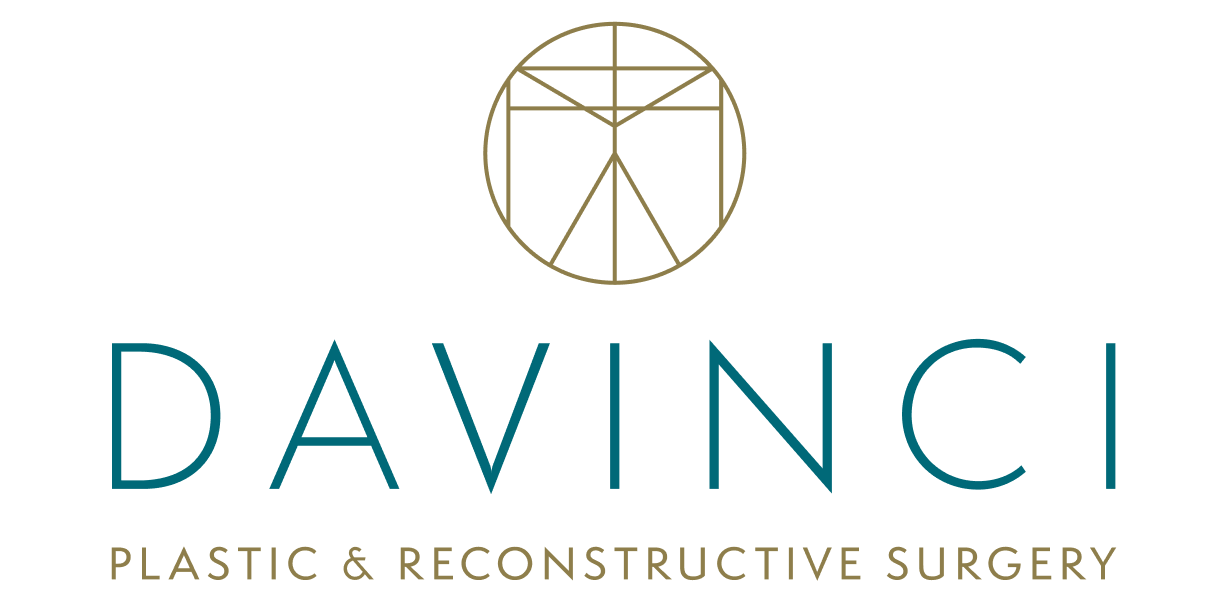Posted October 17, 2014 in Body Cosmetic Surgery, Keloids and Keloid removal, Lesions and moles, Uncategorized
3 minute read
SCARS often come with a myriad of emotions. Some scars remind us of pain, others of joy; of accidents or medical emergencies, or the miracle of ew life emerging via c-section deliveries.
In the eyes of a plastic surgeon, a scar is not our friend. We want to leave the most minimal, if not invisible trace of our work, so a scar is not desirable. In the case of keloids, I have the pleasure of helping to remove a scar, but not just any scar. Keloids are scars that don’t stop! They are not pleasant at all for the afflicted, and so it is personally rewarding to help individuals find relief from keloid scars.
WHAT ARE KELOIDS? Keloids are scars that are usually discolored and raised. They can be pink, flesh colored, or darkly colored in hues of red, purple and brown. Keloids don’t blend in with the rest of skin texture since they’re often shiny, thick and fibrous. They feel firm and rubbery to the touch, but can be uncomfortable. They often cause severe itching and due to their thickness, can impair skin movement. Keloids are not cancerous but result from an overgrowth of collagen type tissue at the site of a healed skin injury. Here are some characteristics of Keloids:
- extend past the borders of the original incision or cut into surrounding areas that weren’t injured

- irregularly shaped and tend to enlarge progressively
- hard to treat and eradicate
- can reoccur…even after year of being dormant
- do not subside over time
- typically appear following surgery or injury but can also appear due to slight inflammation, minor injuries or even spontaneously
- can be triggered by burns, body or ear piercings, pimples, insect bites and simply scratching ones self
KELOID vs HYPERTROPIC SCARS … Skin’s normal healing process usually leaves a flat scar that fades over time. Sometimes as the skin heals there appears a thicker scar, which could possible be a hypertropic scar. Hypertropic scars exist only where the original wound was, although they may be more reddish and slightly raised. They will blend in more with regular skin over time, although aggressive massage and steroid injections help them along. To minimize Keloids, on the other hand, usually requires more treatment.
Here are some of the most “tried and true” treatments for Keloid removal:
- Corticosteroid injected directly into the tissue once a month for about 3-4 months
- Laser Excision followed by monthly intralesional steroid injections alone or in conjunction with Imiquimod
- Surgical removal via scalpel, electric knife or laser for larger, more extensive formations
TREATING KELOIDS REQUIRE SKILL and EXPERIENCE…I have thousands of hours of surgical experience and specialized training. Over the years, I have successfully been able to help many people who’ve suffered with Keloids. I also take special care to offer complimentary post surgical treatments to minimize Keloid recurrence.
If you, or someone you know is suffering with the discomfort of unsightly Keloids, let’s talk about the best options I can offer for your relief.
Dr. Steven Davison
Board Certified Plastic and Reconstructive Surgeon







